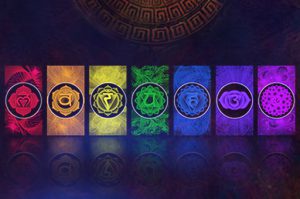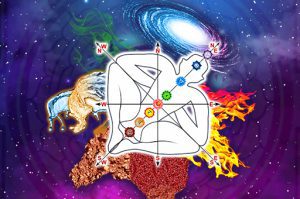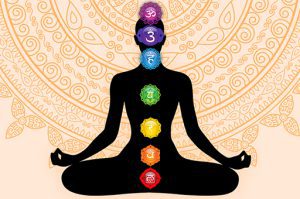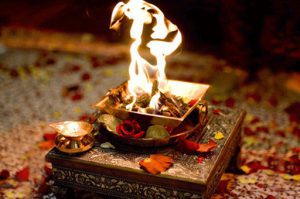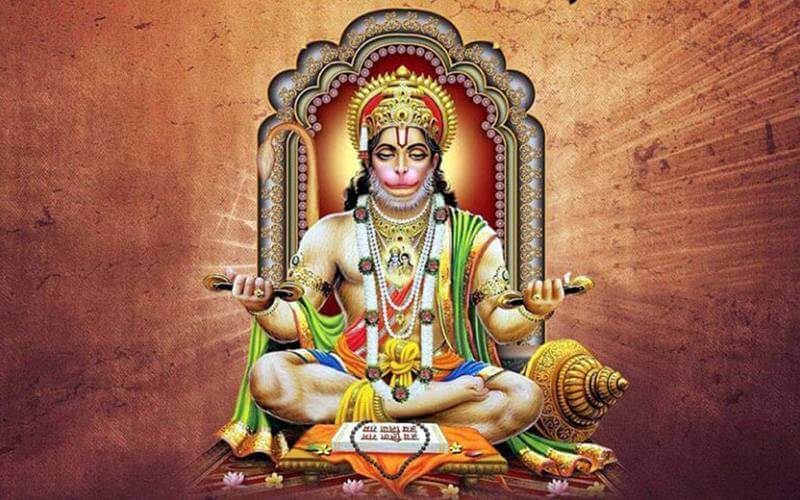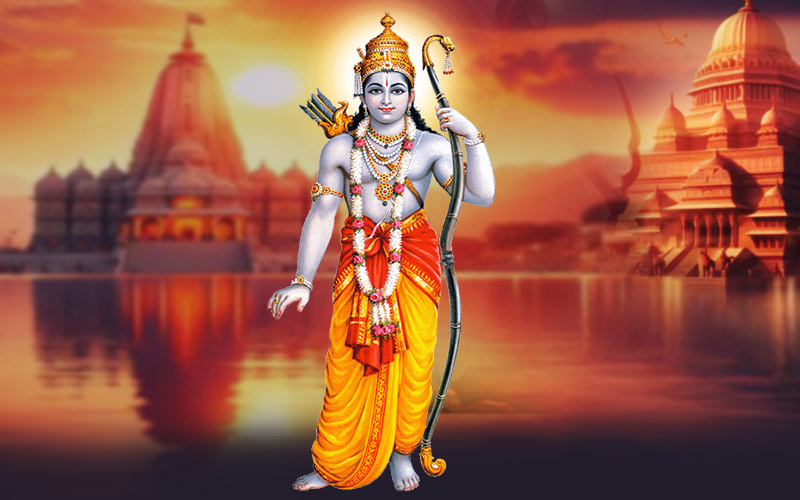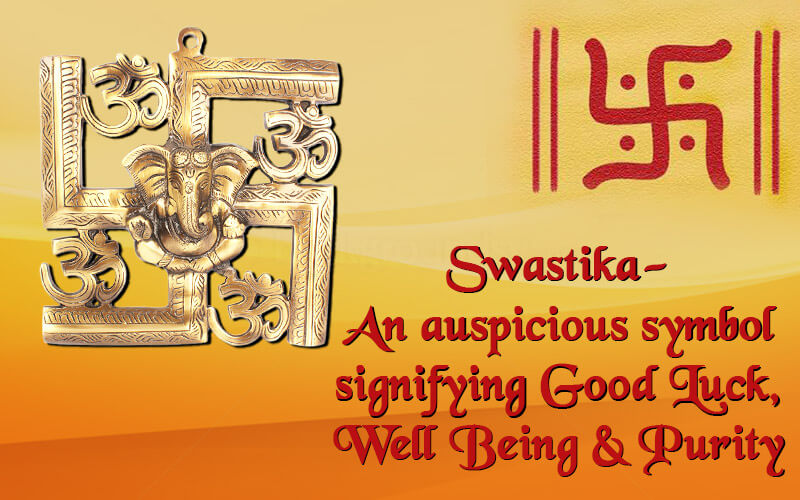
Religious symbols play a significant role in all the religions across the globe. These religious symbols are believed to be auspicious and each symbol is believed to have a specific energy. These symbols thus, form the medium to strengthen the relationships between human beings and the Supreme. In Hinduism, there are many sacraments some of which are the Om, Shiva Lingam, Tilaka, Vibhuti, Swastika, Rudraksha, Sri Chakra Yantra, The Lotus etc. One of the most prominent and auspicious symbols that has been used extensively since the ancient times in all the Hindu rituals is the ‘Swastika’.
The swastika symbol has one notable feature that makes it stand out. If you view this symbol from any angle it appears to be the same. This is the reason it is considered to be the symbol of the sun. It is also believed to be the hundred and eighth (108th) symbols of lord Vishnu.
According to the Hindu belief, the way the sun rises every morning without fail and then sets in the evening and similarly, the Swastik symbol never loses its form as it is a symbol of infinity. The swastika is a symbol that signifies continuous progress and holds the ability to never change.
The word ‘Swastika’ is a Sanskrit word (‘svasktika’) which means ‘It is’, ‘Good Existence’, ‘Good Luck’ and ‘Well Being’. The word Swastik means pure and auspicious according to the Sanskrit translation. Thus, a person who regularly makes use of this symbol during daily puja ritual or who worships this symbol is said to invite good luck, wellbeing and positivity. The symbol of swastika resembles to a cross, but has four arms that bend towards the right angle.
The four branches of the Swastika are believed to represent the fourfold principles of divinity that include:
>> The four-faced Lord Brahma who is known to spread the holy knowledge in all the four directions
>> The four Vedas which are the Rig Veda, Sama Veda, Yajur Veda, and Atharva Veda
>> the four aims of life or Purusharthas, that are Dharma (sacred duty or righteousness), Artha (get wealth), Kama (fulfil desires), and Moksha (liberation from cycles of birth and death);
>> The four stages of life namely Brahmacharya (life of a student), Grihastha (House-holder), Vanaprastha (retired), and Sannyasa (life of renunciation); and
>> The four Varnas, or Brahman, Kshatriya, Vaishya, and Shudra. The four arms of the Swastika also represent the four main directions, namely North, South, East, and West. The central point of the Swastika is believed to represent the navel of Lord Vishnu from which Lord Brahma originated.
Use in Puja rituals:
The Swastika symbol is generally drawn with the right hand ring finger with the kumkum paste or other holy powders on the wall, on the kalash (pot), on the floor where the puja is done and also on the homam vessel. The Swastika symbol is drawn before the puja begins. Some people also make dots between the arms of swastika whereas, some don’t. This symbol is also crafted in the form of lockets and bracelets with the belief that it will bring good luck to the person wearing it.
The meaning of this symbol and its most prominent use is found in Hinduism only. This auspicious symbol is used in every puja ritual in the Hindu household. It is mostly made of sindoor or kumkum as mentioned above. The symbol of swastik is believed to bring power and Shakti to the house. This symbol signifies life on earth and is one of the most important marks of Indian culture and civilization.
In 1979, a Sanskrit scholar Mr. P. R. Sarkar said that the deeper meaning of the word Swastik is ‘Permanent Victory’. He also further stated that this symbol can have positive and negative meaning depending on the way it is drawn. According to Hinduism, the swastika that has four arms that bend towards the right angle is a symbol of the God Vishnu and the Sun, while the arms that bend towards the left symbolise Kali and Magic.
The swastika also represents well-being for all, and the four arms that bend towards the right angle represent the never ending birth cycle. If a circle is drawn around the swastik, it symbolizes the Sun god, who is the ultimate source of light, heat and the energy of this entire universe.


